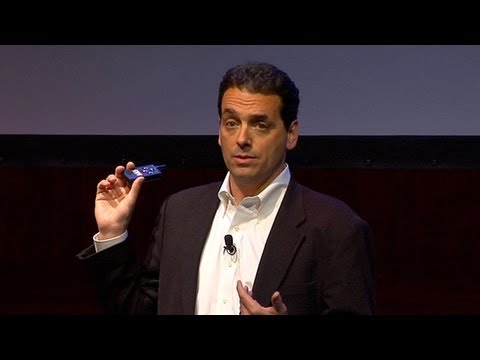Breaking the Two-Hour Barrier: What Separates Elite Runners from Average Ones?
Summary
Nike is hosting a marathon in Monza, Italy, where three of the world’s best long-distance runners will attempt to break the sub-two-hour marathon record. To understand why professional runners can maintain an average pace of 13.1 miles per hour for two hours straight, Wired conducted a treadmill test and interviewed Dr. Michael Joyner, a physician researcher at the Mayo Clinic and an expert in human performance. Joyner explains that VO2 max, lactate threshold, and running economy determine distance running performance. Elite runners have double the VO2 max values of average runners and possess a great running economy, a factor that shoe companies are capitalizing on to improve their athletes’ performance.
Table of Contents:
- What determines distance running performance?
- How do VO2 max, lactate threshold, and running economy affect distance running?
- What is running economy?
- How sensitive is running economy to technological enhancement?
- What distinguishes East African runners from others?
Q&A:
What determines distance running performance?
Distance running performance is determined by three factors: VO2 max, lactate threshold, and running economy. VO2 max measures how much oxygen a runner can get out of the air and into their tissue. Lactate threshold measures the level at which lactate and other metabolites accumulate exponentially in the blood. Running economy is the efficiency of a runner’s mechanics.
How do VO2 max, lactate threshold, and running economy affect distance running?
VO2 max is an indicator of a runner’s engine size relative to their size. Lactate threshold is the level of effort at which metabolites accumulate in the blood. The more mitochondria and capillaries a runner has, the higher lactate threshold they possess. Running economy depends on biomechanics like stride length, foot placement, and the flexibility of tendons.
What is running economy?
Running economy is the efficiency of a runner’s biomechanics. Biomechanics experts measure how much oxygen a runner utilizes relative to their body weight and speed. Researchers at the Mayo Clinic have found that East African runners have a better running economy than runners from other regions.
How sensitive is running economy to technological enhancement?
Running economy is very sensitive to technological enhancement. Shoe companies are testing ultralight materials, super springy foam, and propulsive carbon fiber plates to improve athlete performance. Nike claims that its new shoe, with these enhancements, can boost the efficiency of its runners by 4%.
What distinguishes East African runners from others?
East African runners have a higher running economy than runners from other regions. While they do possess high VO2 max values and lactate thresholds, their superior biomechanics and stride efficiency make them the best distance runners in the world.






